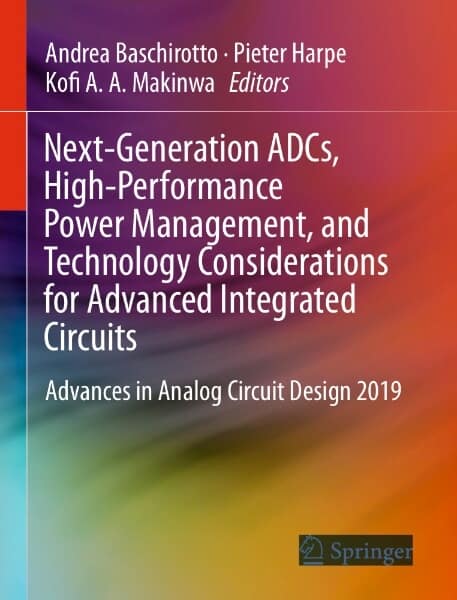DOC Circuit Design Tutorial Circuit Diagram
DOC Circuit Design Tutorial Circuit Diagram This class covers circuit design from an advanced point of view. 6.331 extensively uses examples to teach the material. Students should enjoy the material and be prepared to keep up with the work load. This class should be taken by those who want a career in circuit and/or feedback system design. 6.331 is not a required EE subject.

Advanced Analog Circuit Design Techniques Instructor: Edgar Sánchez-Sinencio Office: 318-E, Wisenbaker Engineering Building (WEB) Telephone/email: 845-7498/ s-sanchez@tamu.edu [10] Design Techniques For Integrated CMOS-D Audio Amplifiers, A. I. Colli-Menchi, M.A. Rojas-Gonzalez and E. Sánchez-Sinencio, World Scientific, 2017.

PDF ADVANCED ANALOG CIRCUIT DESIGN TECHNIQUES By Edgar Sánchez Circuit Diagram
Following a brief classroom discussion of relevant principles, each student in this course completes the paper design of several advanced circuits such as multiplexers, sample-and-holds, gain-controlled amplifiers, analog multipliers, digital-to-analog or analog-to-digital converters, and power amplifiers. One of each student's designs is presented to the class, and one may be built and

Learn about the objectives, organization, grading policy, and prerequisites of 6.331, a subject that gives you practice in analog and hybrid circuit design. The syllabus also lists the topics, references, and components for the design problems, homework, and laboratory exercises. Advanced Circuit Design Seminar The art of successful circuit design requires the combination of analytical techniques, circuit tricks, and creativity. This course focuses on the design of analog circuits and analog/digital converters with an emphasis on bipolar technology. The course content includes discussions of applications, appropriate

ECEN 6 07 Advanced Analog Circuit Design Techniques Circuit Diagram
A graduate course on advanced circuit design techniques, covering topics such as op amps, bandgap references, low voltage cells, noise, LDOs, multipliers, and negative elements. See course outline, lectures, homework, quizzes, exams, and laboratory.

Following a brief classroom discussion of relevant principles, each student in this course completes the paper design of several advanced circuits such as multiplexers, sample-and-holds, gain-controlled amplifiers, analog multipliers, digital-to-analog or analog-to-digital converters, and power amplifiers. One of each student's designs is presented to the class, and one may be built and evaluated. Advanced Analog Circuit Design Techniques Required background: 1. How to optimally bias your CMOS circuits 2. How to use MOS transistor models 3. Derive transfer functions from small signal circuits - Use of nodal admittance matrix 1. Stability Criteria. - How to determine pole and zeros.? - Routh Hurtwitz Criteria - Reduction of a higher-order
